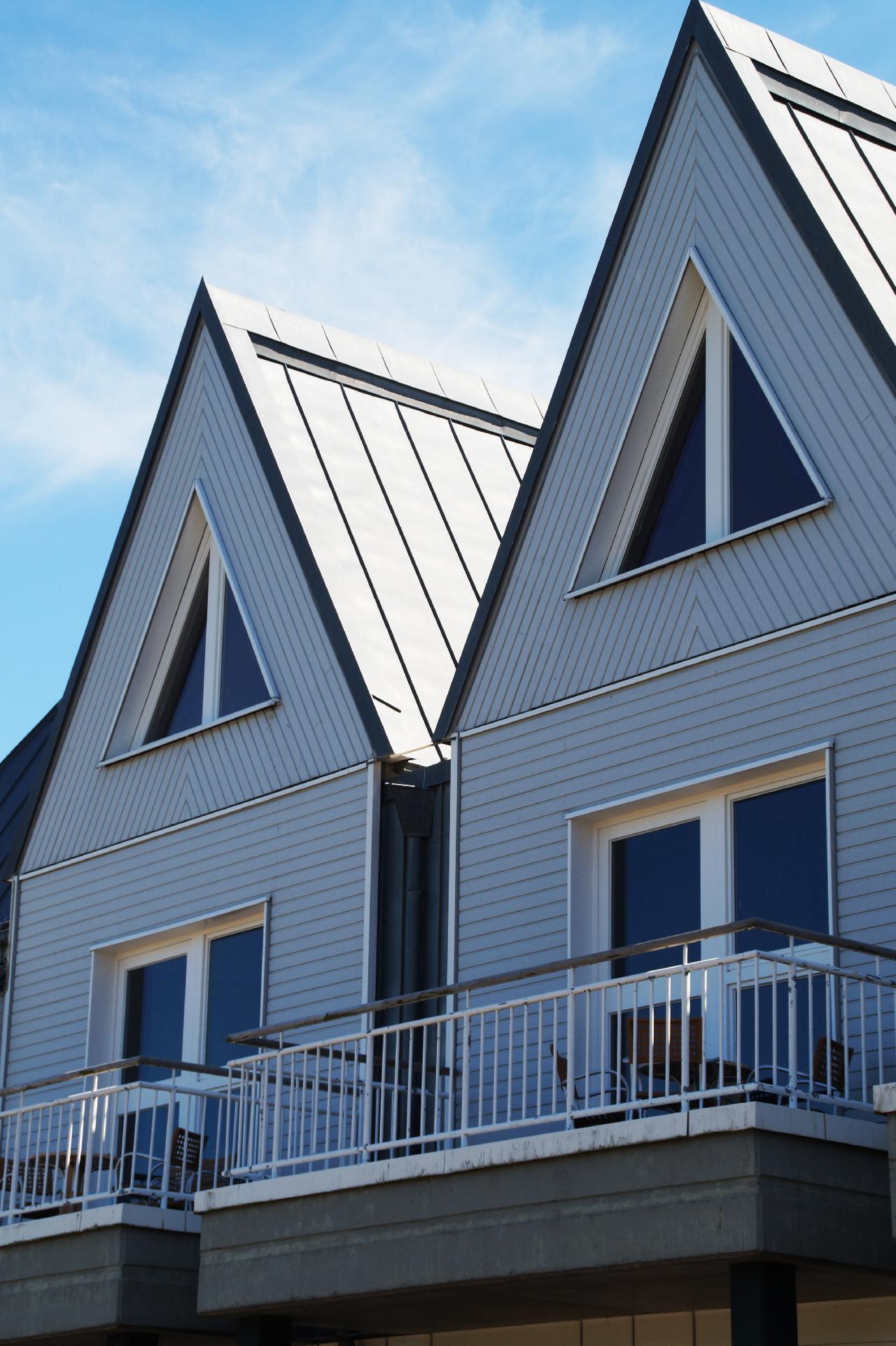Key Takeaways
- Hanging planters can spruce up any space without taking up valuable floor area.
- Choosing the right materials ensures longevity and aesthetic appeal.
- Proper lighting is crucial for plant health — it can make or break your green thumb.
- Use the right soil mixture for hanging planters to support healthy growth.
- Creative arrangements can transform even the tiniest spaces into vibrant jungles.
Are your hanging planters an afterthought, swaying lackluster from a single hook that barely holds on? Fear not, fellow gardening guru! This article on "10 Airy Hacks to Sky Your Hanging Planters" will lift your planters—and spirits—into the stratosphere of design and botanical health. Whether you’ve got space to spare or are on a first-name basis with every inch of your apartment, these tips will have your plants floating higher than your expectations.
Picture this: You walk into your home, and instead of drab, sad-looking greenery dangling aimlessly, you’re greeted by a symphony of colors, shapes, and textures. Your friends will drop their jaws, and you’ll feel more like a botanical wizard than a homeowner. Let’s get those planters soaring!
The Right Materials Matter
When it comes to hanging planters, not all materials are created equal—just like pizza toppings! Terracotta, ceramic, and durable plastics can be fantastic options. However, each of these materials interacts differently with light and moisture, impacting how your plants grow.
Table 1: Pros and Cons of Hanging Planter Materials
| Material | Pros | Cons |
|---|---|---|
| Terracotta | Breathable, good for moisture control | Can be heavy; may crack in freezing weather |
| Ceramic | Aesthetically pleasing, holds moisture | Heavy; risk of chipping or breaking |
| Plastic | Lightweight, durable | Less breathable; may retain too much moisture |
Let There Be Light
Once upon a time, a plant thought it could survive on a windowsill without direct sunlight. It didn’t end well. Recent research by the American Society for Horticultural Science emphasizes how crucial natural light is for growth. Plants like ferns and ivy thrive in indirect light. If your space isn’t particularly sunny, consider using grow lights as a substitute. They’re almost like the coffee for your plants – giving them that much-needed boost!
Light Requirements for Common Hanging Plants
| Plant Type | Light Requirement |
|---|---|
| Pothos | Low to bright indirect |
| Spider Plant | Bright, indirect |
| Boston Fern | Indirect or filtered |
Soil, Glorious Soil
It’s not just about that green thumb; it’s about the magic happening below the surface. Most hanging plants prefer a lightweight, fast-draining soil mix. Adding perlite, coconut coir, or even worm castings can skyrocket your plant’s health, making it feel like it’s on a vacation in the tropics.
Plant Arrangement Shenanigans
Use the Right Height
When you’re hanging planters, remember that height matters. Arrange your planters at different heights to create visual interest. Think of it as a plant dance party—everyone needs their own space to groove!
Make a Statement
Consider using unusual planters—like vintage birdcages or even old colanders as a twist on conventional hanging planters. Not only are they unique, but they can also serve as great conversation starters!
Check for Drainage
Clogged planters can lead to sad, soggy plants that are about as lively as a cardboard cutout. Ensure each planter has adequate drainage holes to keep your plants happy and healthy.
Group Plants Wisely
Grouping plants with similar water and light needs together can be an absolute game-changer. This creates visually stunning arrangements and simplifies your plant care routine.
DIY Magic
Nothing says "I’m a plant whisperer" like a DIY hanging planter made from rope, wood, or even repurposed materials. Crafting your planters can give you that sense of pride that only comes from creating something with your own hands.
Closing Thoughts
Your hanging planters deserve a life of luxury, and you have the power to elevate them! With a little creativity and a few smart choices, you can turn your green space into a vibrant hanging garden that leaves everyone speechless. Grab those hooks and let’s get your plants the heights they’ve always dreamed of!
As you step back and admire your handiwork, remember: plants are like little green children that need your love and attention. Nurture them with care, and they shall reward you with stunning beauty, fresh air, and maybe some expertly unkempt wildness—because, let’s face it, who doesn’t love a bit of charming chaos?
FAQs
| Question | Answer |
|---|---|
| How often should I water my hanging plants? | Typically every 1-2 weeks, but it depends on the plant type. |
| Can I use any container for hanging plants? | Ensure the container has drainage holes and is appropriate for the plant size. |
| What are good beginner hanging plants? | Consider pothos, spider plants, and ferns for low-maintenance options. |
Discover more from Futurist Architecture
Subscribe to get the latest posts sent to your email.
![modern apartment [article_title]](https://www.futuristarchitecture.com/wp-content/uploads/2025/04/10-Airy-Hacks-to-Sky-Your-Hanging-Planters.jpg)


![modern apartment [article_title]](https://www.futuristarchitecture.com/wp-content/uploads/2025/04/8-Reflective-Ideas-to-Mirror-Your-Double-Glazed-Windows-900x600.jpg)